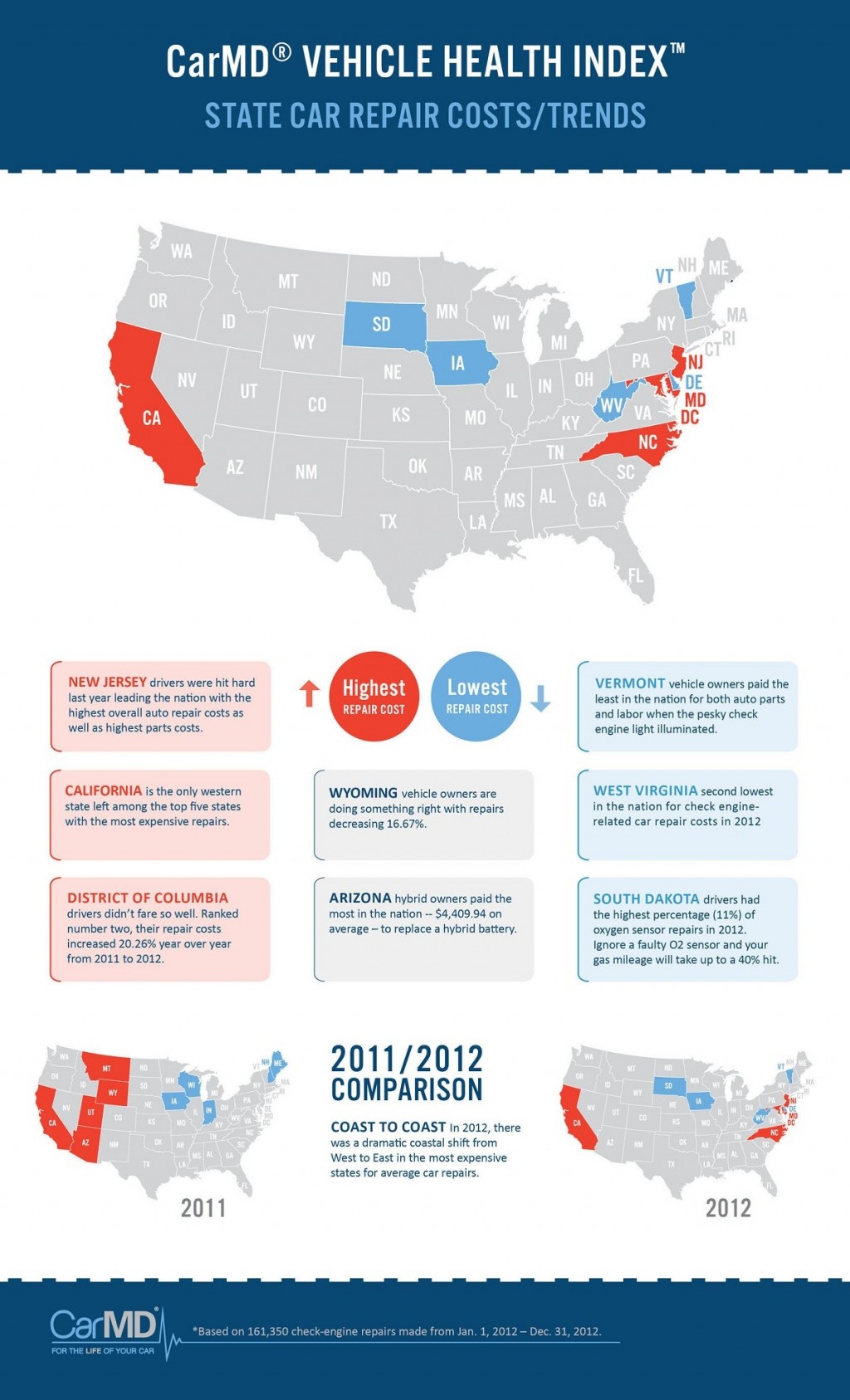Deciphering Your Car'S Warning Indicators: What They Truly Represent
Deciphering Your Car'S Warning Indicators: What They Truly Represent
Blog Article
Authored By-Termansen Forbes
When you lag the wheel, those glowing warning lights on your control panel can be a bit perplexing. Do just click the up coming document understand what they're trying to tell you about your car's health? Comprehending the importance of these lights is essential for your safety and the long life of your lorry. So, the following time one of those lights appears, wouldn't you intend to decipher its message properly and take the required actions to resolve it?
Common Caution Lights and Interpretations
Identify common warning lights in your auto and comprehend their significances to ensure safe driving.
One of the most common warning lights include the check engine light, which signals concerns with the engine or emissions system. If this light begins, it's important to have your lorry examined promptly.
The oil stress advising light indicates low oil pressure, calling for instant attention to stop engine damages.
A blinking battery light might suggest a malfunctioning charging system, possibly leaving you stranded otherwise dealt with.
The tire stress surveillance system (TPMS) light notifies you to low tire pressure, influencing automobile security and gas performance. Ignoring this might cause risky driving conditions.
The abdominal light suggests an issue with the anti-lock braking system, jeopardizing your ability to stop quickly in emergencies.
Finally, the coolant temperature level alerting light warns of engine overheating, which can lead to serious damages if not resolved promptly.
Understanding these usual caution lights will certainly aid you address issues immediately and preserve safe driving problems.
Relevance of Prompt Focus
Comprehending the usual caution lights in your cars and truck is just the very first step; the importance of promptly addressing these warnings can not be stressed sufficient to guarantee your security when driving.
When a warning light illuminates on your dashboard, it's your vehicle's way of communicating a possible issue that requires focus. Disregarding these cautions can cause more extreme troubles later on, compromising your security and potentially costing you much more in repairs.
Motivate focus to warning lights can protect against failures and accidents. For instance, a blinking check engine light might show a misfire that, if left ignored, could create damage to the catalytic converter. Addressing this quickly can conserve you from a pricey repair work.
Likewise, https://oilchangecost27395.vblogetin.com/35851340/interested-to-discover-remarkable-vehicle-repair-shops-near-you advising light may signify low brake liquid or used brake pads, important components for your safety when driving.
Do It Yourself Troubleshooting Tips
If you observe a warning light on your control panel, there are a few do it yourself troubleshooting suggestions you can attempt prior to looking for expert aid.
https://www.carscoops.com/2022/07/your-car-repair-could-take-a-lot-longer-because-auto-shops-are-struggling-to-find-mechanics/ is to consult your cars and truck's manual to understand what the details warning light suggests. Occasionally the issue can be as straightforward as a loose gas cap triggering the check engine light. Tightening the gas cap might fix the problem.
Another common issue is a low battery, which can activate various cautioning lights. Examining the battery connections for rust and guaranteeing they're safe might fix the problem.
If a warning light continues, you can try resetting it by separating the vehicle's battery for a few mins and afterwards reconnecting it. In addition, checking your car's fluid levels, such as oil, coolant, and brake liquid, can help repair advising lights connected to these systems.
Verdict
Finally, comprehending your car's caution lights is crucial for keeping your vehicle running efficiently and safely. By quickly attending to these signals and understanding what they imply, you can avoid costly fixings and prospective malfunctions.
Remember to consult your auto's manual for certain information on each alerting light and do something about it as necessary to ensure a hassle-free driving experience.
Keep informed, remain safe when traveling!
